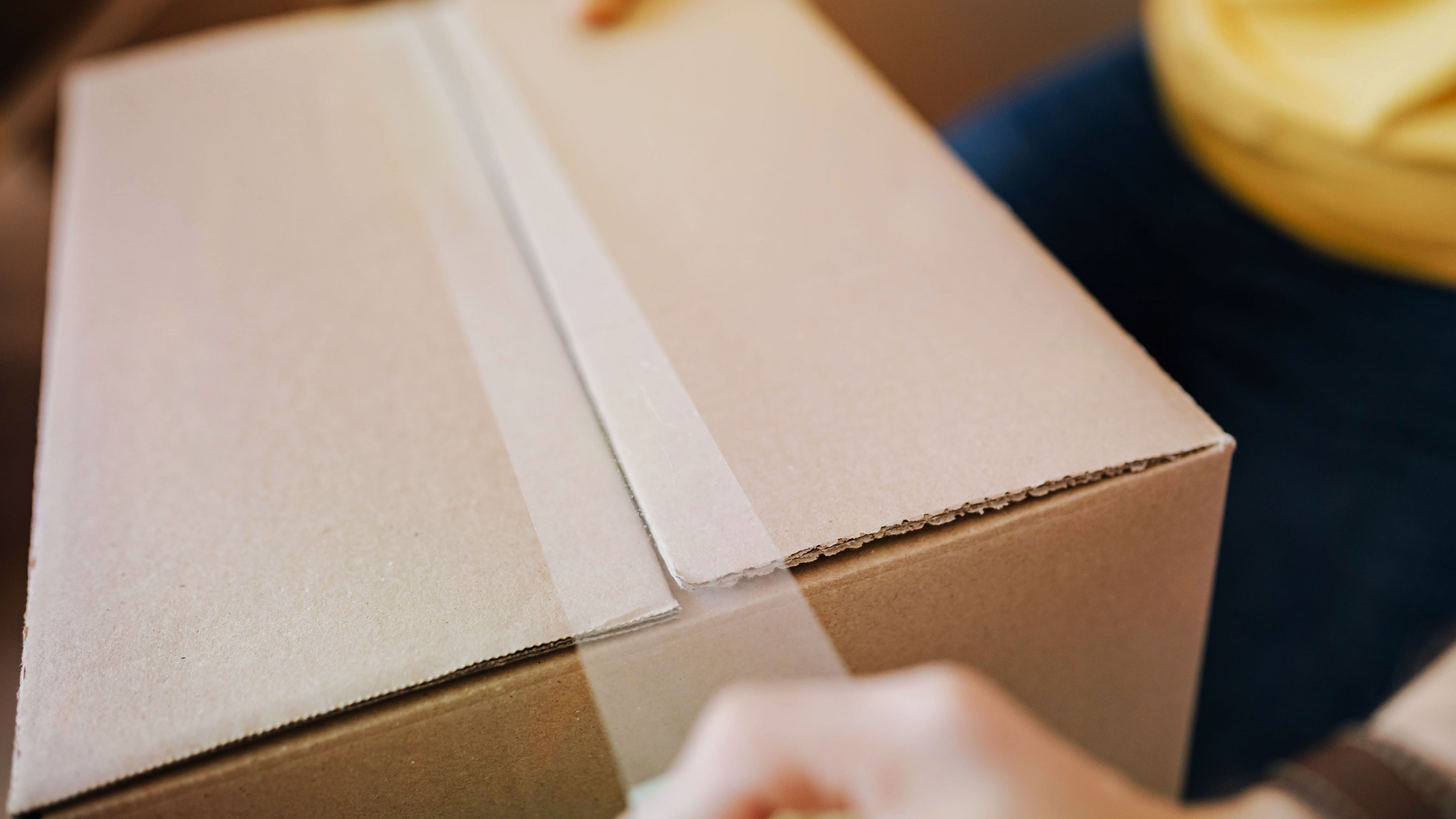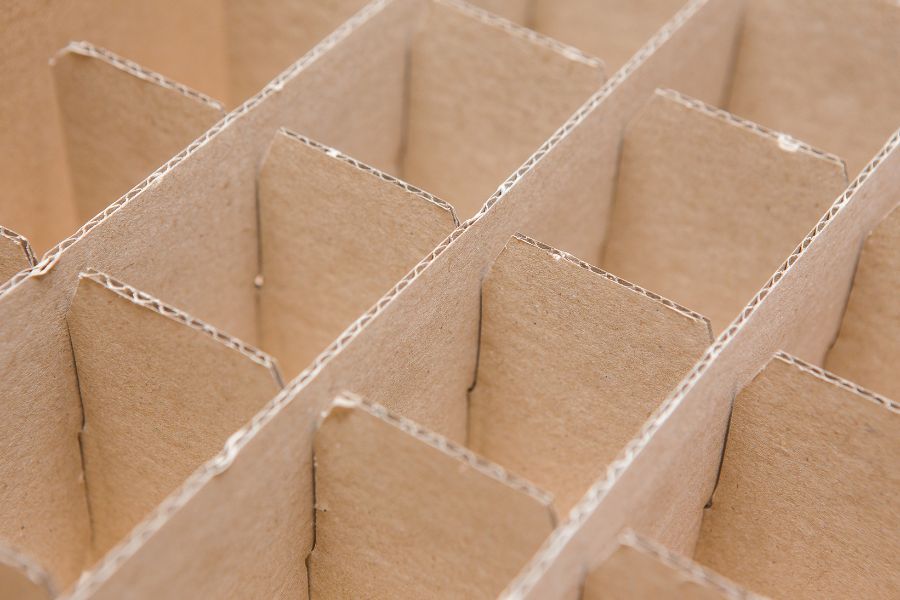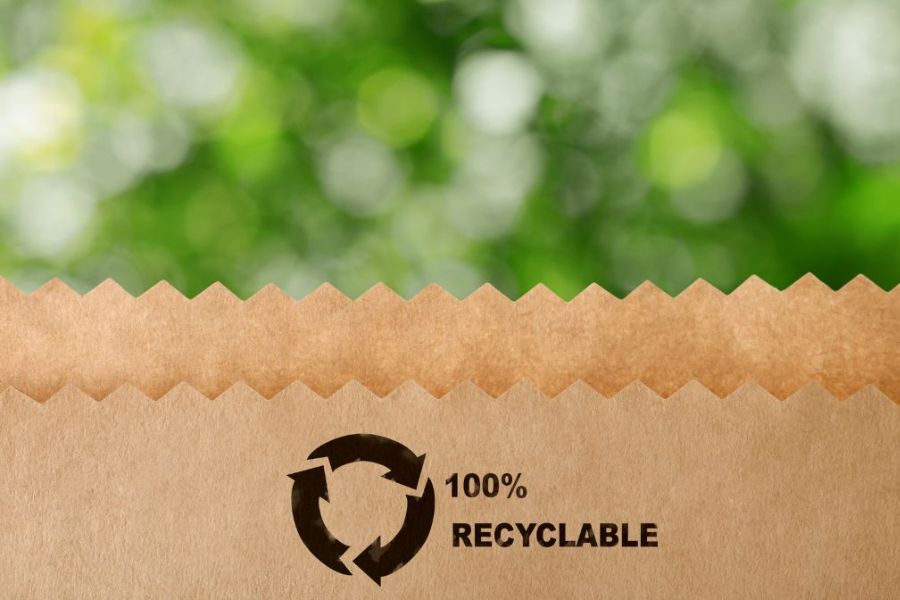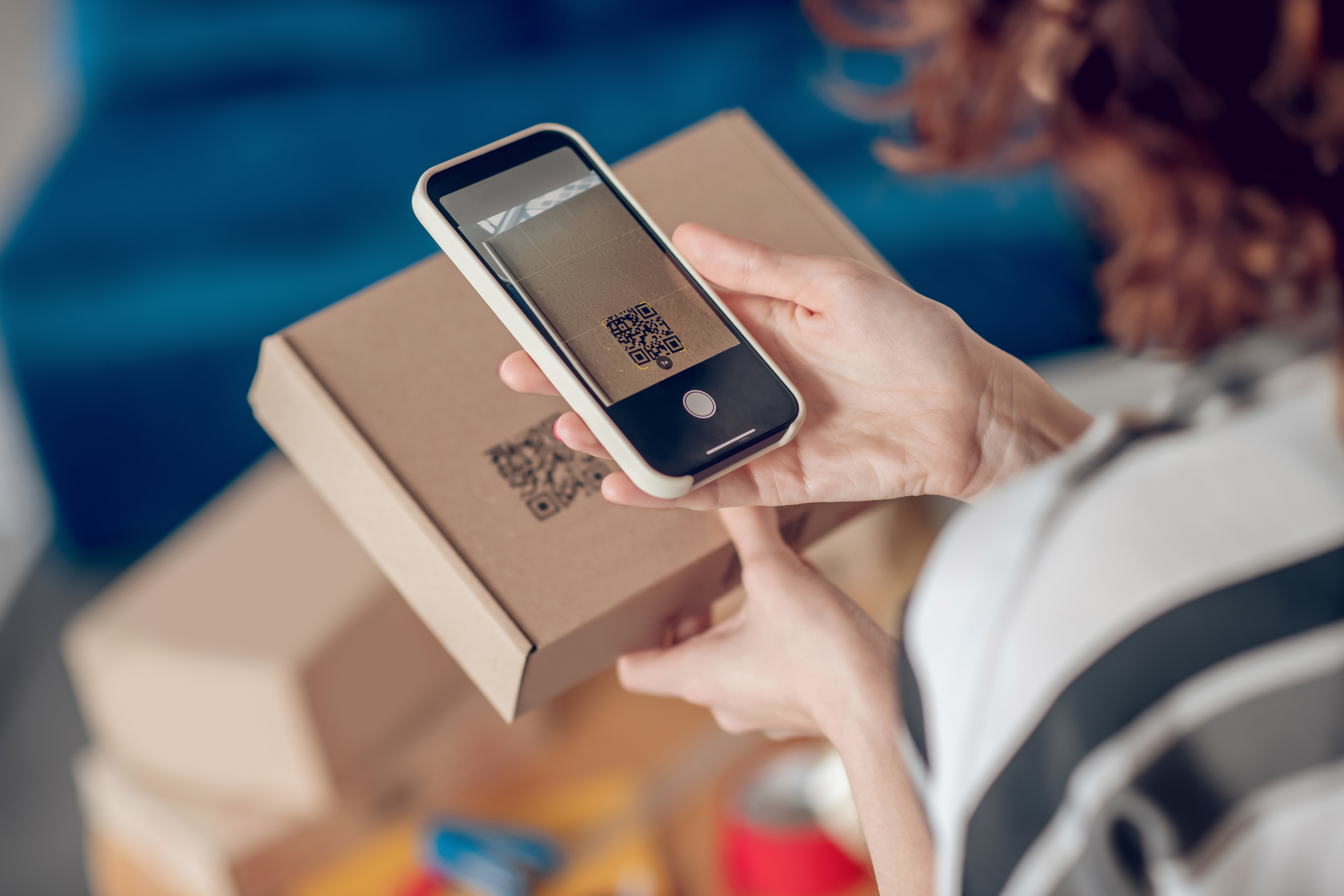12 Packaging Strategies to Reduce Shipping Costs
When making and shipping physical goods to customers, packaging can significantly impact your budget. In addition to the cost of packaging materials, the type of packaging you use will also affect your shipping expenses. Here we’ll explore 12 packaging strategies to reduce your overall cost to ship products if you’re looking for ways to save.

Are Shipping Costs Eating Your Company’s Bottom Line?
High shipping costs can significantly impact a company’s profitability. Customers have a threshold for the price they are willing to pay for a product and may abandon their carts if shipping costs are excessive. This can lead to lost sales and reduced profits. Additionally, the rise of free shipping options offered by major retailers like Amazon makes it even harder to charge high shipping fees. Improving packaging processes to reduce shipping costs can positively affect a company’s bottom line by addressing these issues. By optimizing your packaging strategy, businesses can lower shipping expenses, making products more affordable for customers and reducing the frequency of cart abandonment. This can lead to increased sales and improved profitability.
Importance of Reducing Your Packaging Shipping Costs
What are the solutions to overcoming high packaging and shipping costs? While you cannot control the shipping companies’ charges, you can manage how you package the items before shipping. Here are some options to consider.
Optimize Your Product Packaging Size and Weight
Choosing the right packaging for your product is an important step to minimizing shipping costs. Building an effective packaging strategy entails optimizing the packaging’s size and weight. The cost of shipping is based on the size and weight of the overall package. For example, a smaller and lighter package will cost significantly less to ship than a large box that weighs a lot.
Incorporating sustainable practices into your package design and shipping materials are a great way to reduce costs, account for your carbon emissions, and reduce packaging waste.
Adding sustainable solutions into your packaging strategy, such as customizing your product packaging to use sustainable packaging materials that are lightweight, is a key component in optimizing your packaging solutions and reducing your shipping expenses.

1. Right-Size Boxes
Ensure that the boxes you are using to house and ship your products are precisely tailored to the size of the items they contain. Excess space in a shipping box leaves more room for the products to move around and potentially be damaged during transit or storage. Additionally, if your product is housed in a box with excessive space, it dwarfs the product in comparison and can lead to unsatisfied customers. Eliminating excessive space in your packaging will result in appropriately sized packaging and reduced shipping costs.
2. Utilize Custom Inserts and Void Fillers
While utilizing the right-sized boxes for shipping your products will help reduce costs and eliminate excess waste, most shipping boxes will still have some empty space. That’s where custom inserts and void fillers come in. Fillers can also double as extra cushion to absorb any sudden shocks during transportation. These customized items can help ensure that any excess space in your packaging is filled and your products are thoroughly protected.
3. Explore Modular and Stackable Packaging Designs
Another effective strategy to reduce shipping costs is utilizing modular stackable options in your packaging design. Storing your products can be a significant expense, so optimizing your storage space will help you manage costs. Some examples of existing packaging with a modular design in the industry include rectangle tighthead pails, f-style jugs and cans, square EZ Stor pails, and cubitainers. All these stock items are marketed as maximizing storage space due to their stackability. However, when it comes to designing new packaging solutions, it could be in your best interest to go with custom packaging.
Another option is custom designing square or rectangular-shaped bottles that can maximize space in a warehouse, during shipping, and even on retail shelves. Best practices include custom designing shipping boxes that perfectly hold the containers with a minimal amount of excess space inside.
The use of modular packaging allows for greater flexibility. Due to the stackable nature of modular packaging solutions, this packaging strategy maximizes space and can efficiently reduce both shipping and storage costs.
4. Select Lightweight Packaging Materials
The weight of a package directly affects its shipping cost. Therefore, it is essential to use durable yet lightweight packaging materials whenever possible. Foam, bubble wrap, reinforced cardboard, tinplate, and plastics are all lighter than materials like wood, corrugated cardboard, glass, and steel. Before investing in a large order of packaging supplies, it is crucial to test your packaging to ensure it will adequately protect your products during transit and storage.

Embrace More Sustainable Packaging Solutions
The costs a company can incur are not strictly monetary. The environmental impact can also weigh heavily on your business. Utilizing sustainable packaging solutions can enhance your brand’s image while simultaneously reducing its carbon footprint.
Using sustainable packaging can also positively impact customers. Many modern consumers prioritize sustainability, and brands offering sustainable packaging tend to be viewed more positively. Embracing eco-friendly practices can lead to increased sales and improved brand recognition among the target audience, ultimately boosting your bottom line.
5. Leveraging Recycled Content
Rather than ending up in landfills, recycled content contributes to the creation of new packaging solutions. Various types of packaging, including paper, cardboard, metal, glass, and plastic, can be crafted from recycled materials. Not only does this reduce the amount of waste being sent to landfills, but it also allows for the multiple reuse of these materials. There is various legislation in place around the world that will require companies to utilize post-consumer recycled (PCR) material in their plastic packaging, so incorporating recycled material into your packaging solution is a win-win.
6. Explore Bio-Based and Compostable Materials
Bio-based materials, derived from biodegradable sources like sugarcane, algae, and mushrooms, are an environmentally-friendly substitute for petroleum-based packaging products. Compostable material breaks down completely in soil, or in a composting facility. Today there are a variety of compostable options on the market to replace outdated packaging materials like styrofoam which lack biodegradability. These eco-friendly packaging alternatives benefit the environment by minimizing waste and promoting sustainability.
7. Highlight Eco-Friendly Packaging as a Branding
The use of eco-friendly packaging can boost sales when it is integrated into branding and marketing strategies. However, a recent report by Baines & Company shows that balancing costs, consumer willingness to pay, and brand perception is challenging. Despite its reputation as a sustainable material, glass has a high carbon footprint due to overseas imports. Nearly all glass used for packaging in the United States is imported. Recycled PET is one of the most sustainable materials, but is not viewed as such by consumers.
The Bains & Company report also revealed that most consumers rely on the branding and certifications on product labels to determine sustainable products. Therefore, incorporating sustainability messaging into marketing materials can attract customers who value eco-friendly options. Educating consumers about sustainable materials like RPET can shift negative perceptions of plastic. When people view you as a sustainable, eco-friendly company, they may be more likely to purchase your products if that aligns with their values as well. This approach can lead to increased sales that offset the higher costs of sustainable packaging, and ultimately increase your bottom line.
Alternative Shipping Methods
To minimize the impact of shipping costs on your bottom line, consider alternative shipping and packaging methods. For example, switching from bottling your product into a flexible packaging solution such as a pouch can help you save. Opting for different packaging can lower costs, and exploring alternative shipping platforms can provide additional savings opportunities. These strategies present numerous ways to optimize your shipping processes and reduce expenses.

8. Partner with Efficient 3rd Party Fulfillment Providers
Many companies utilize cost-effective third-party shipping services, which help in minimizing your workload and saving you money. Third-party fulfillment providers (3PLs) frequently have partnerships with large shipping companies, securing reduced shipping rates for their clients. These services can significantly reduce the burden associated with shipping, allowing you to focus on other aspects of your business.
9. Employing Shipment Consolidation Strategies
For extensive shipping operations, consider implementing shipment consolidation techniques. These strategies enable you to transport a high volume of goods efficiently, potentially reducing costs. By consolidating shipments, you can maximize transportation resources and optimize logistics processes.

Streamline Your Processes for Efficiency
Streamlining shipping efforts, such as shipping items all at one time for the week or having a dedicated area in your facility for packaging and shipping, can help you save time. For large operations, automation can help streamline the shipping and packaging process. Technology can also have an impact on how efficient your shipping processes are. When you save time, you save money, and that increases your bottom line.
Enhancing the efficiency of shipping operations is a critical factor in saving time and increasing profitability. Some great ways to streamline shipping efforts are by consolidating shipments to a set time or day each week and having a designated area within your facility for packaging and shipping. In large-scale operations, automation plays a pivotal role in streamlining the shipping and packaging process. Technology has a significant impact on the efficiency of shipping processes. Another great way to optimize your processes is by partnering with a full-service packaging distributor who can also manage your supply chain. By optimizing shipping processes and reducing time spent on these tasks, businesses can save money and improve their overall financial performance.
10. Investing in Automated Packing Lines
Reducing the workforce dedicated to shipping operations can lead to lower costs. Automated packing lines are a wise investment for businesses handling a significant number of similar items for packaging and shipping, as they can help minimize overall shipping expenses and reduce errors.
11. Implement Automated Labeling and Sorting Products
Even if automated packaging lines don’t work for your business model, implementing automated labeling and sorting processes can save time and effort. The overall efficiency of your shipping operations improves as the number of people involved in these tasks decreases. This, in turn, leads to reduced shipping costs and human error, which directly impacts affordability.
12. Utilize Warehouse Management Systems
In the world of logistics, warehouse management systems (WMS) are software solutions designed to assist companies in effectively managing their inventory and warehouse operations. While large corporations like Amazon use these systems to rapidly retrieve, package, and ship products to customers, smaller businesses can also greatly benefit from WMS implementation. By utilizing a WMS, companies can enhance the efficiency of their inventory and shipping processes, optimize their supply chain management, and improve overall operational performance.

Leverage Analytics for More Informed Strategies
By using analytics, businesses can create informed and efficient shipping strategies. Analytics software can help identify high-volume shipping times, enabling companies to plan accordingly. Analytics also provides data on package destinations and shipping costs, to help make adjustments in packaging strategies. A suitable analytics program may offer data to plan against issues in the packaging supply chain. This data allows businesses to pivot when problems arise and ensure timely package deliveries to customers.
Future Trends in Packaging Strategies
The packaging industry is evolving from a straightforward process to a technology-driven endeavor with a focus on optimizing efficiency. Future advancements in logistics and analytics software, automation, and shipping materials promise increased efficiency. Staying on top of trends in packaging and logistics will help you adapt your business strategies and remain competitive in the market.

Embrace Innovative Packaging Strategies to Reduce Your Costs
The best way to reduce shipping costs and adapt to changing times is to keep an open mind when it comes to your packaging strategies and embrace innovation to optimize your operations.
At Paramount Global, we have been partnering with businesses like yours since 1976. We help our customers reduce expenses through streamlined and efficient packaging and supply chain solutions. As technology evolves, we adapt to grow with it utilizing the most effective software to ensure our partners and customers are receiving the best service possible.
As experts in the packaging industry with full-service supply chain management solutions, we are here to help! Contact us today to discuss the best packaging for your product, and see how careful planning can help you reduce your costs as you embrace innovation in the packaging area.
Hayley is a marketing professional and copywriter with a background in crafting content for a diverse range of industries. She has been writing about packaging and supply chain logistics for Paramount Global since 2022. She specializes in explaining complex topics in a clear and engaging way and is an advocate for sustainability in packaging and supply chain management.
Read More
For over forty years, Paramount has been delivering perfectly integrated packaging and supply chain solutions.
